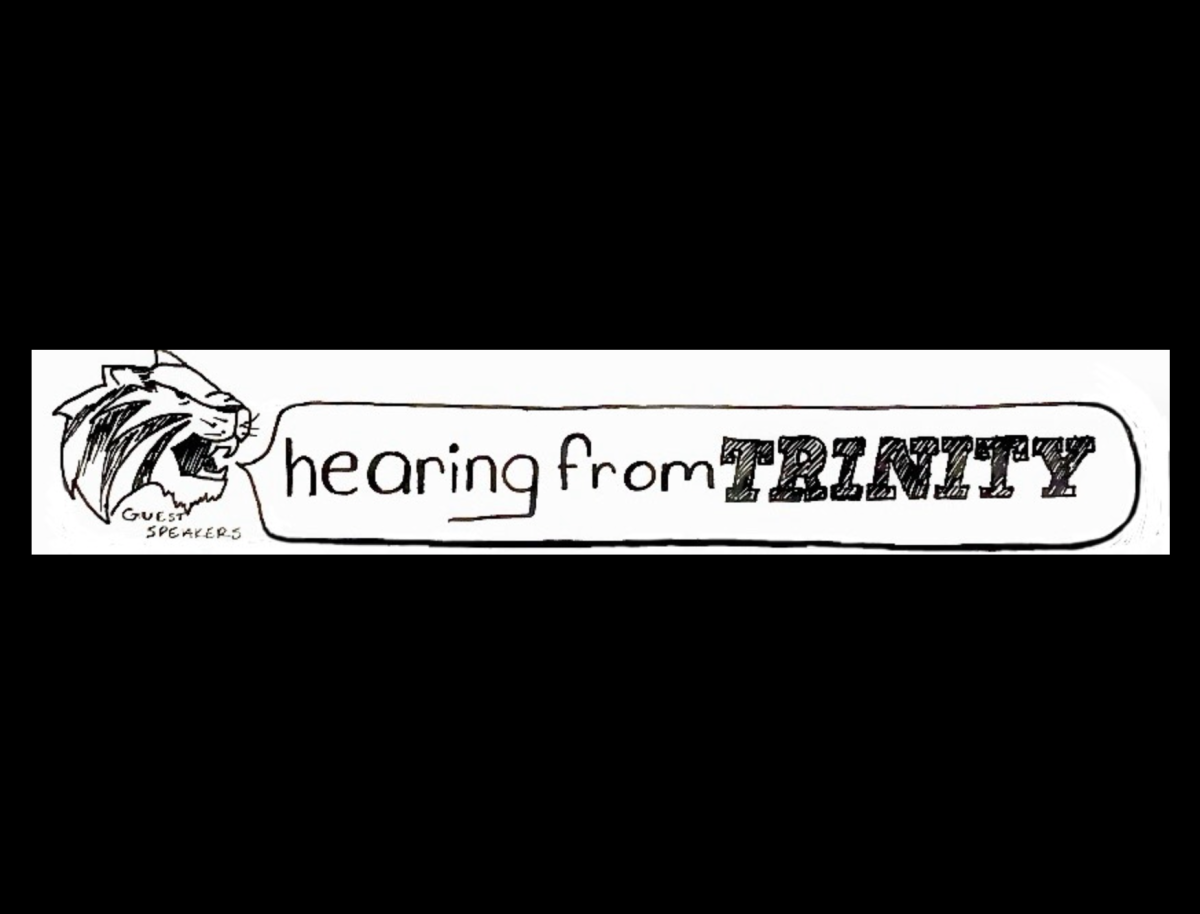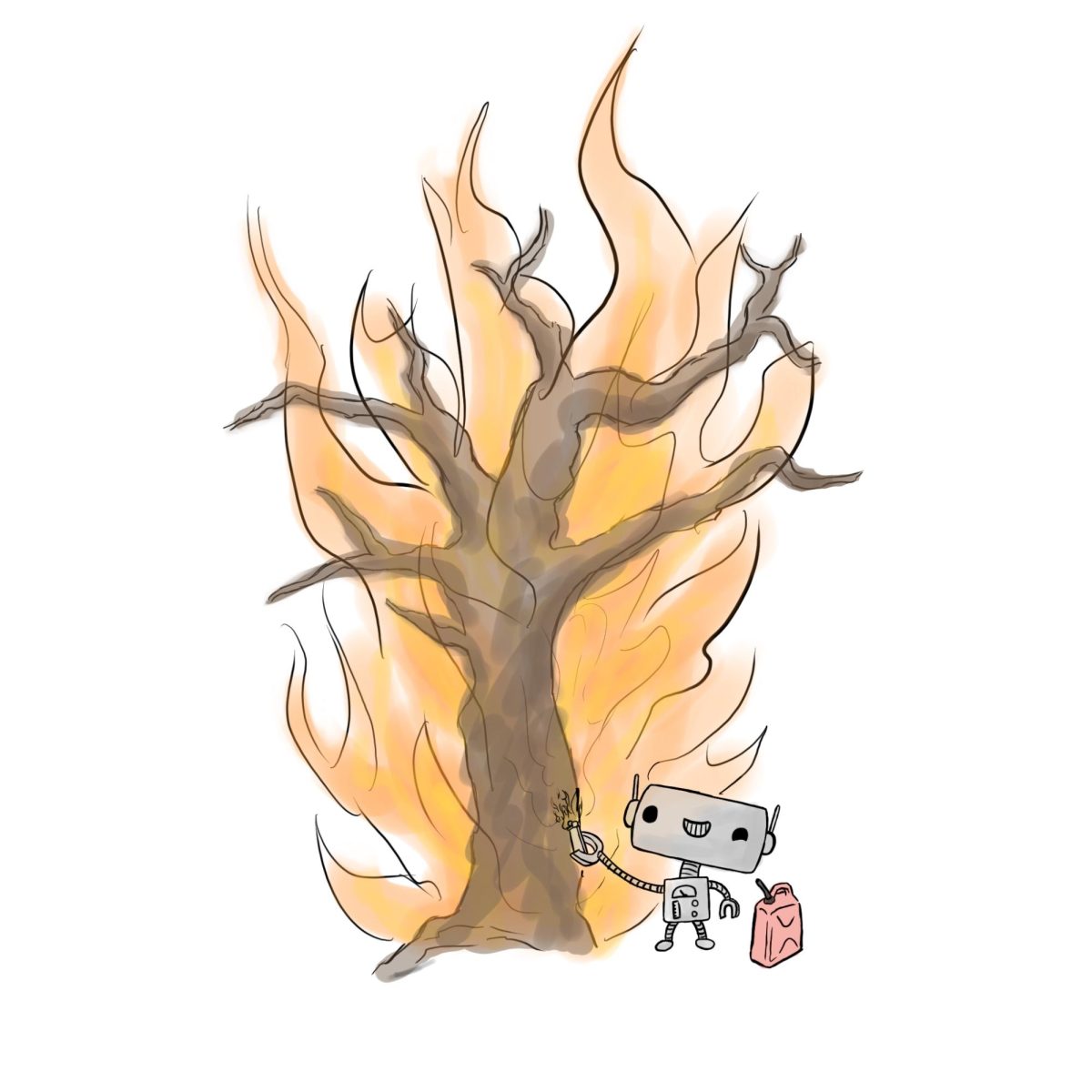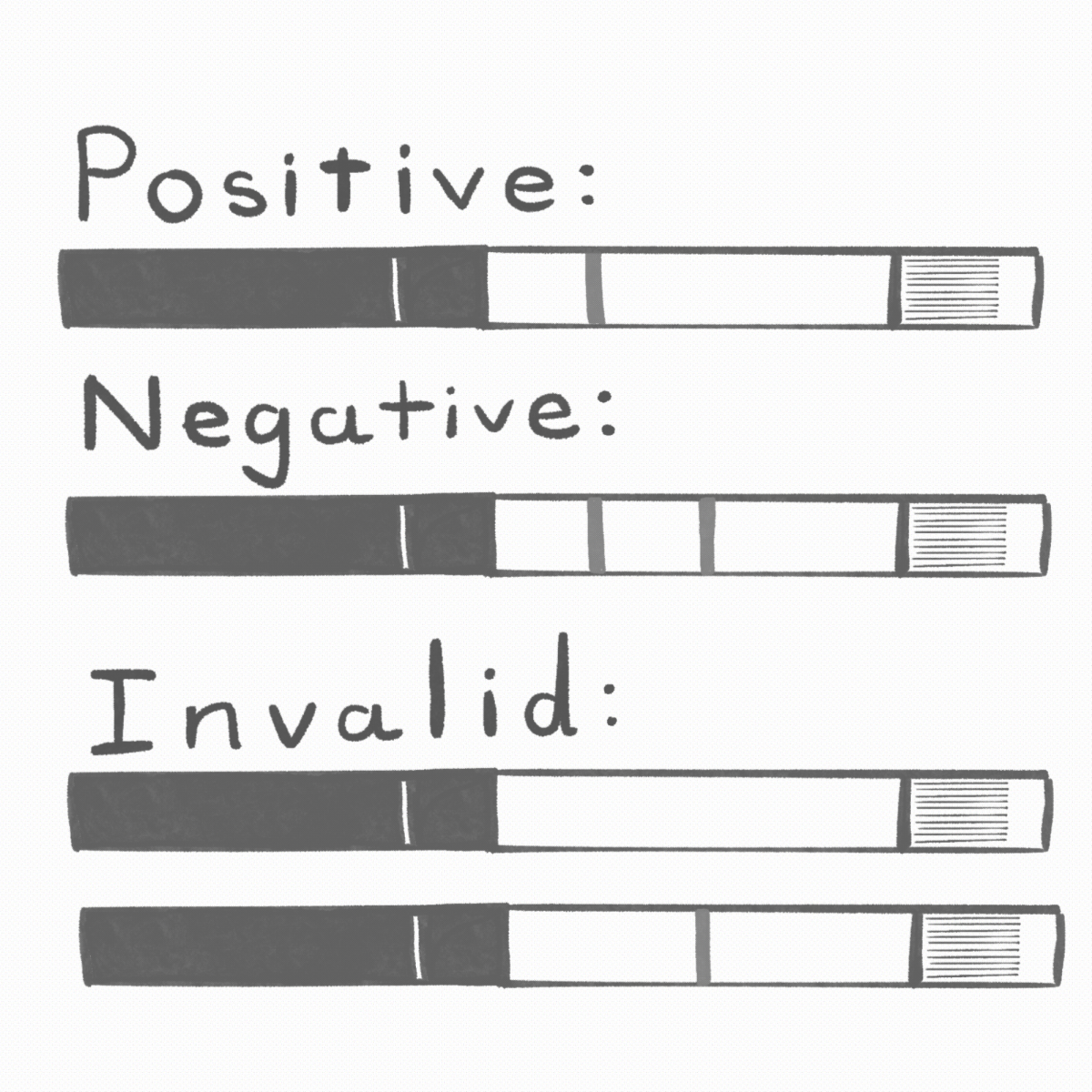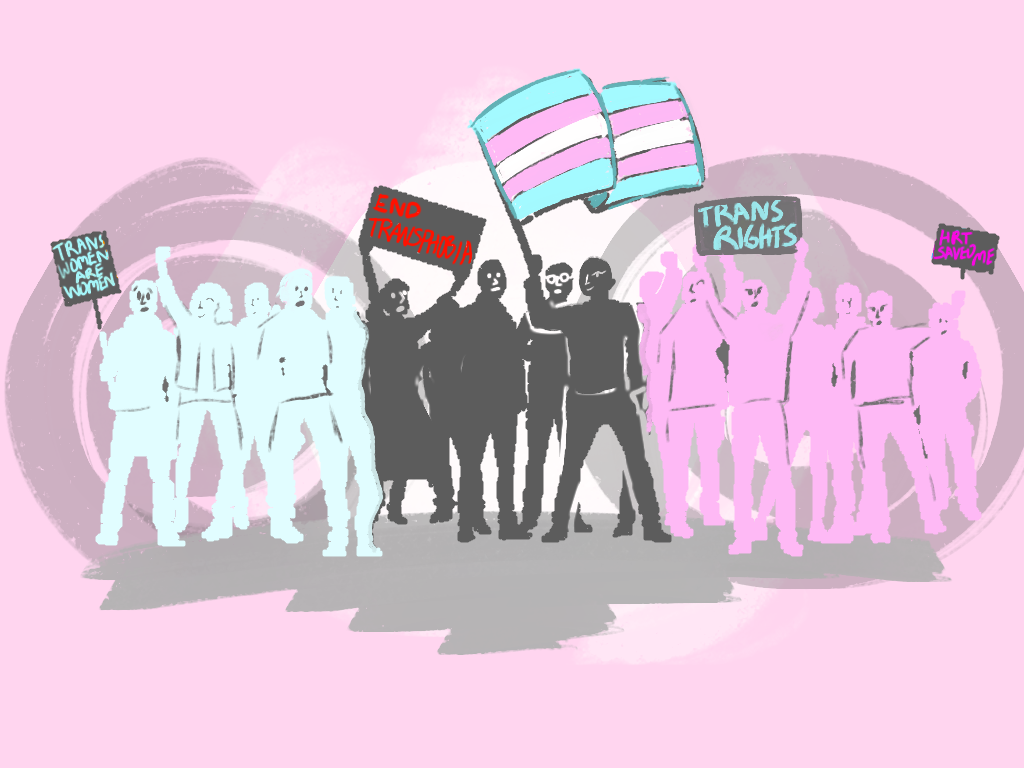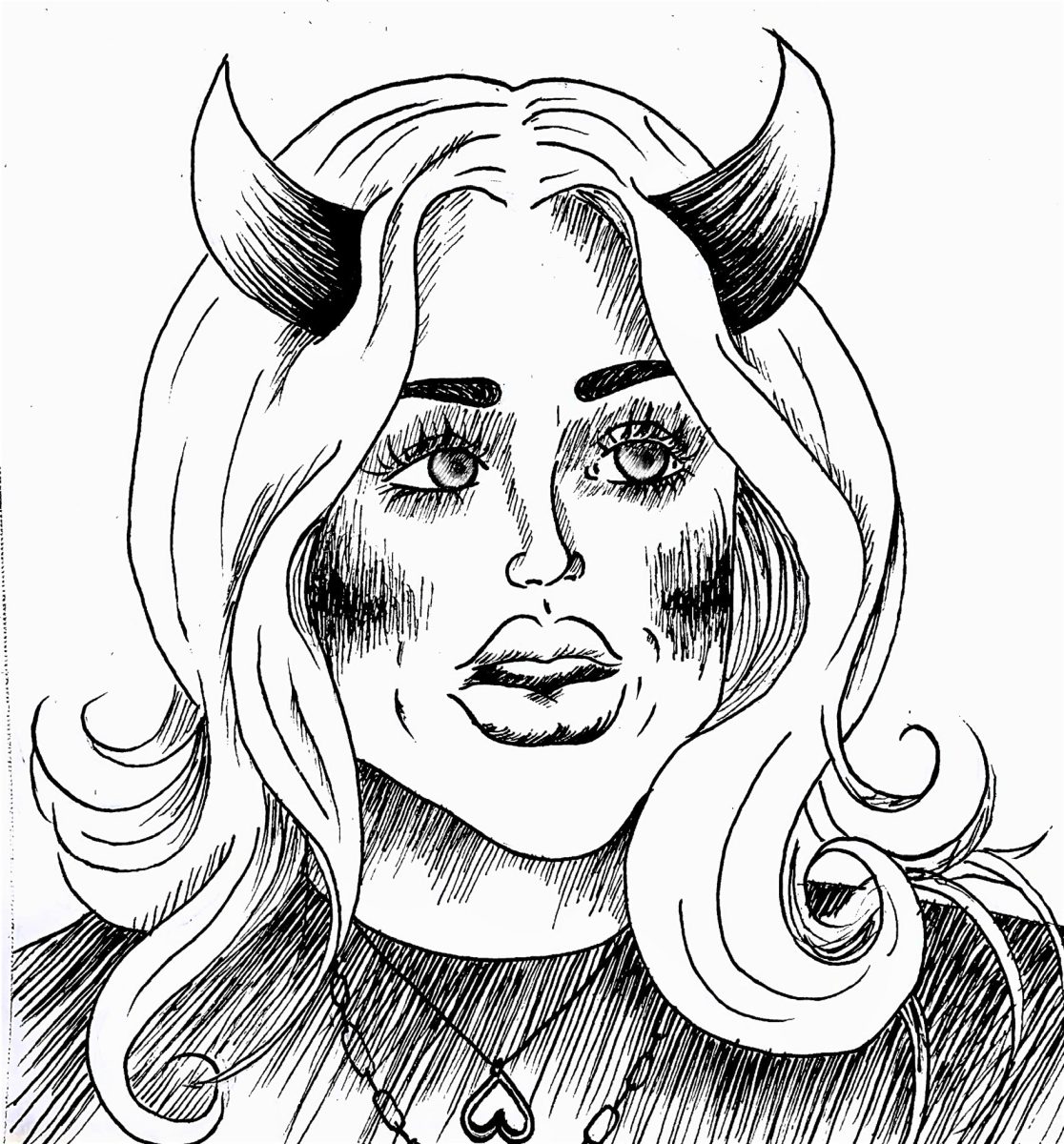Before I begin I would like to say thank you to those who have taken the time to address my original article about the Prejudice Panel and the subsequent discussion about political discourse in Trinity that developed on the pages of this publication. It is always great to see widespread engagement from a variety of perspectives which, in some ways, is exactly what I stated to be missing from university panel discussions and student organized events.
That said, I cannot resist to underscore the irony onto which we have now inevitably stumbled “” the political discourse of diverse views did not develop as a result of the Trinity community waking up to the intrinsic value of such discourse, but rather entirely in opposition to such a prescription (or perhaps out of denial that the problem of discourse exists in the first place). In either case, I reiterate my point that the application of this mode of open discussion to future events with “diverse viewpoints” will yield a much needed illumination of truth that is otherwise unattainable in the vortex of silence.
Upon a closer look at the points made by the opposition, I can clearly distinguish two groups of arguments. The first are the quasi-arguments. These include tautological statements that add absolutely nothing to the issue at hand (ex: progressive groups host panels with progressive viewpoints because they consist of progressive members with progressive viewpoints.) Thank you for your insight, but I think that much we already know. Other examples in this group include ad hominem attacks that authors received anonymously after the publication of their articles, the request to provide references for the existence of the GULAG, and the claim that diversity in ethno-racial backgrounds ought to trump the diversity of actual ideation. I do not have a detailed response to these types of claims simply because they either commit a logical fallacy or are too absurd to address in general.
The second category of arguments consists of the intelligible objections raised by Dr. Singhi and Dr. Siavoshi. It is the latter that I am interested in respectfully addressing.
In response to Dr. Crockett’s vortex of silence argument, Dr. Siavoshi wonders “what institutional, financial or structural forces have been generated against minority voices?” However, this question only underscores a part of our point to begin with. The inherent danger of the vortex of silence is that it is generated by majoritarian tendencies that often exist outside a need for institutional, financial or structural forces. The challenge that is facing the freedom of ideation on university campuses is far too complex to be narrowed down to a particular institutional barrier. Furthermore, oppression of minority views often serves as a precondition for a development of structural barriers that strengthen the power of the majority. Consequently, these barriers become impossible to remove for they are not considered dangerous by the majority that put them in place.
Moreover, I am slightly disappointed that Dr. Siavoshi, being a former chair of the political science department, isn’t willing to admit the widespread ideological intolerance toward conservatives in academia. Intercollegiate Studies Institute, acquainted me with conservative-leaning professors across the country. However, most of them keep their affiliation with ISI a secret due to legitimate concerns of job security. Are these circumstances created by clearly evident institutional, structural or financial barriers? No. Yet they represent a reality for many professionals who dare not express their views in a nation that was once the epitome of open discourse. And while many readers may secretly feel ecstatic about the fact that right-leaning academics face this type of intolerance, this reminds me all too closely of the current ideological suppression of intelligentsia in the Russian Federation.
However, what are we to say about students in American colleges? Particularly about those who also push back on majority opinion? I feel a duty to reiterate that those of us who speak out do not consider intellectual responses as suppression. To the contrary, we encourage the clash of ideas of all sorts and attempt to start provocative discussions where we can. What we oppose are safe spaces, the culture of extreme political correctness and mind coddling. Therefore, we also oppose ad hominem and mischaracterization of arguments as phobias. In what seems to be Dr. Siavoshi’s strongest point, she states that “according to a 2006 Washington Post ABC poll, 46 percent of Americans have unfavorable view of Islam but more importantly, 33 percent of Americans thought that “˜MAINSTREAM Islam encourages violence against non-Muslims.'” However, what does this statistic establish? If I were to say that “33 percent of Russians thought that mainstream Marxism encourages violence against the bourgeoisie,” would that prove a systematic prejudice against Marxists in Russia? Of course not. These are exactly the types of media claims that structure the discourse in such a way as to portray the opposition fearful or racist. Indeed, one can have an “unfavorable view” of a certain ideology, religion, or philosophical position without being racist against its members. The distinction here isn’t subtle, and it’s quite misleading to make a connection where none exists.
In conclusion, I would like to say the following “” there are a number of systematic barriers that completely undermine and suppress the views of the minority in this and other academic institutions. They exist as a natural extension of the vortex of silence and are rooted deep within the campus culture. Some of the ones I have come across in Trinity are absolutely extraordinary. I would love to talk about them in detail “” but I too fear for my job security and reputation.

